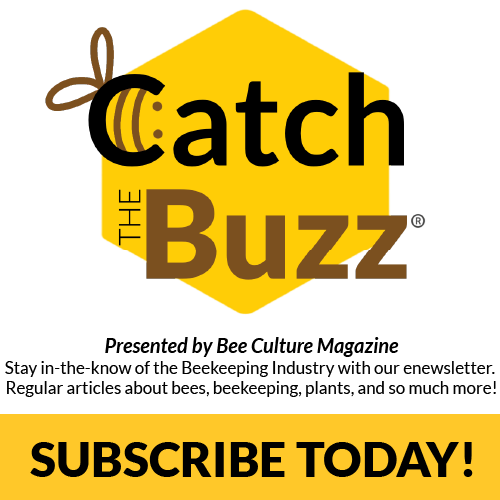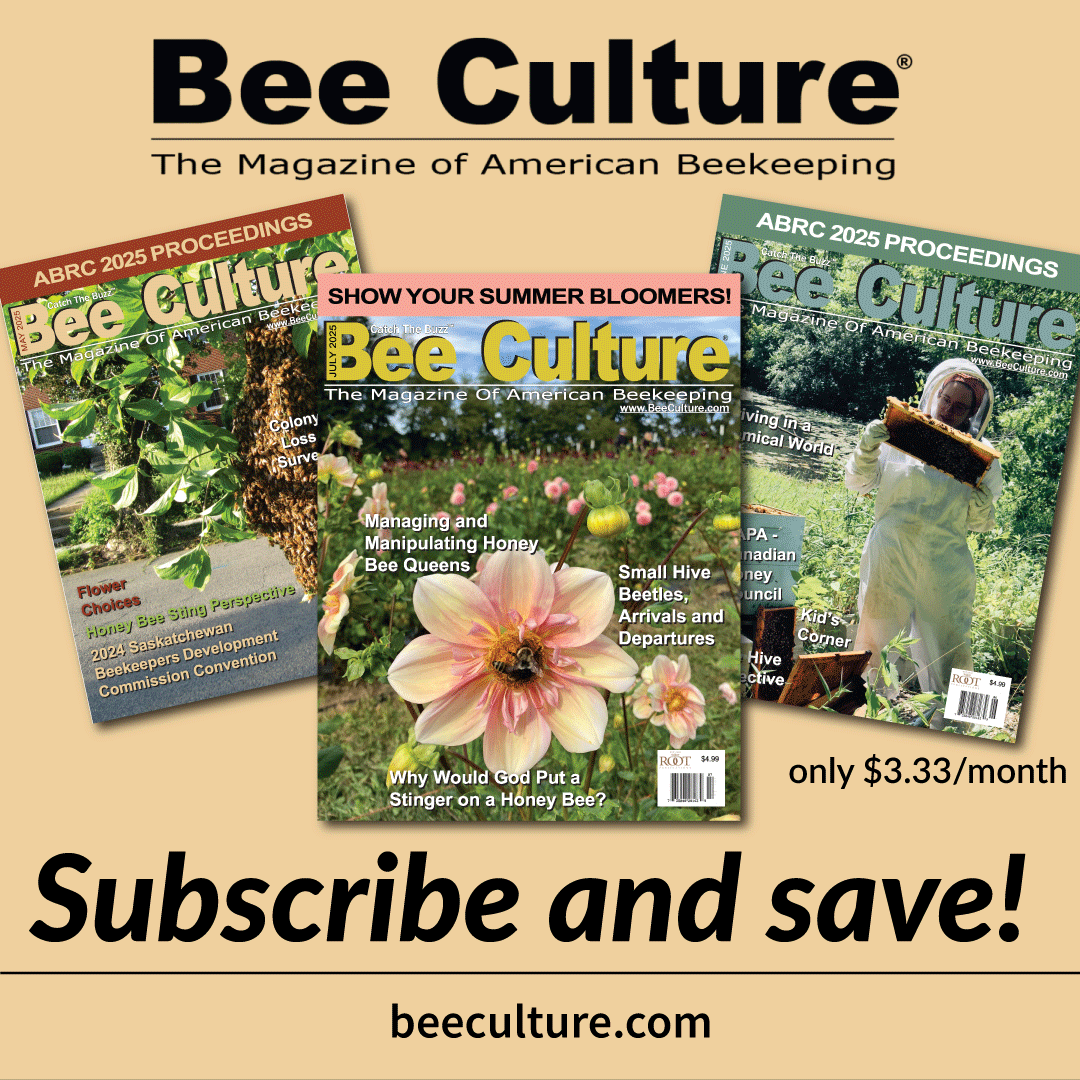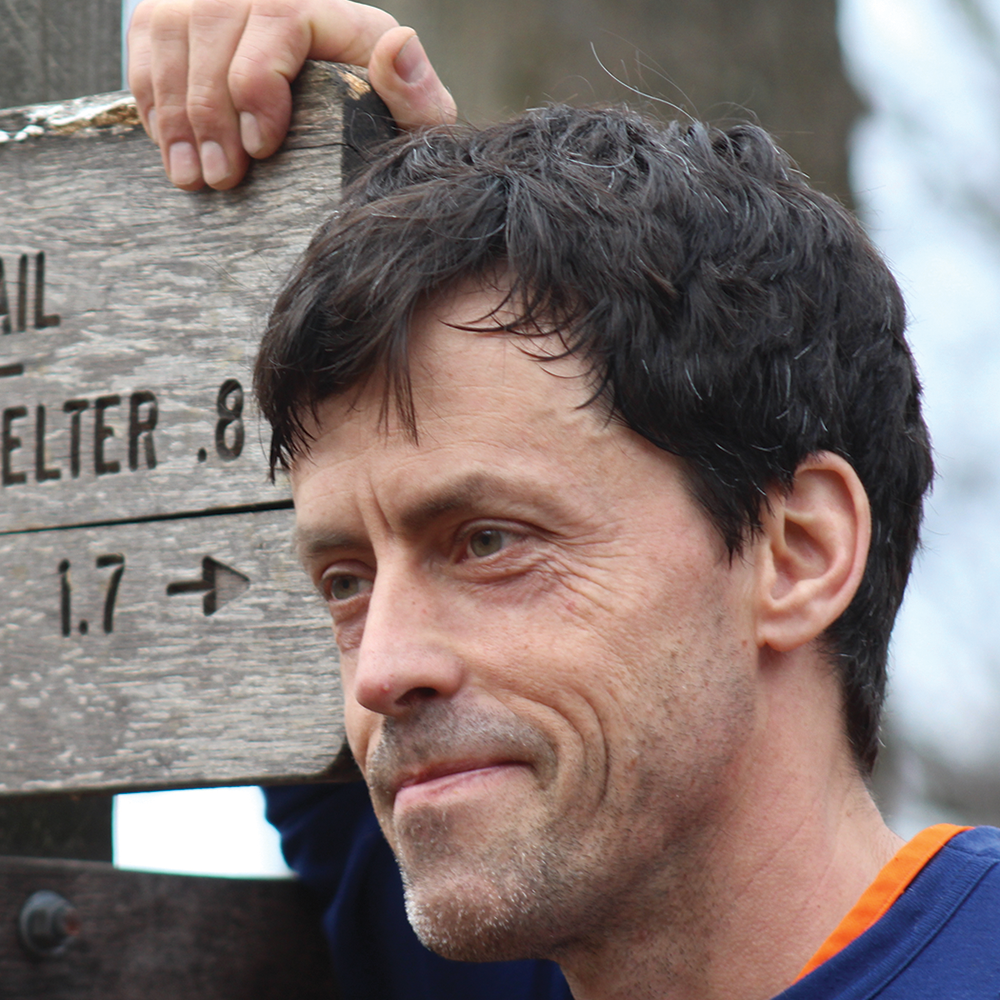#Beeoptomism 2.0: Let’s not go viral.
By: Jay Evans
I am a huge fan of the #Beeoptimism movement. Built on a similar effort to see hope for our Earth in spite of it all (https://earthoptimism.si.edu/), Beeoptimism focusses on the 50% of colonies that survive annually, the honey jars and supers half full, and the hope that someone (I am guessing someone younger and smarter than me) will piece together real solutions for bee health. In the words of Earthoptimism proponent Dr. Nancy Knowlton of the Smithsonian, “Big problems without solutions lead to apathy. Big problems with solutions lead to action.”
This year, I have winnowed my list of reasons to be optimistic down to five stories from the bee research world. These come from individuals and teams who have helped make a little more sense of bee life, or have come up with science-based solutions that seem ready to take up.
For the third month in a row, I have to marvel at the new insights coming from colony-level ways to monitor bee foraging, life, and death. For ages, we have known how to help or hurt bees in the lab, with acute stresses or disease agents. We have also known how to monitor colonies for diseases, growth, and decline. Only now are many labs conducting high-quality field trials by tagging hundreds of individual bees with Radio-frequency identification, or RFID, tags (think low-tech ankle bracelets) to show when bees do things right or wrong over their lifetimes. Coupled with accurate scales to weigh individual bees after they land from trips, cameras to check their appearances, and analytical tools to chew through all the data, this advance will help address a number of challenges to healthy beehives.
2)The Bee Informed Partnership (www.beeinformed.org) and the USDA-NASS national bee health survey (www.nass.usda.gov) again make the list for collecting survey information (thanks, beekeepers!) and data from numerous other sources as a means of monitoring the industry and what is working for bees. They are now joined by ‘Beescape’, an ambitious effort from Pennsylvania State University and several partners (www.beescape.org). Beescape focusses on neighborhoods around apiaries, or potential apiaries. Currently Beescape allows people to obtain information on
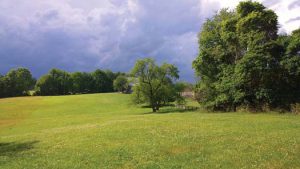
land use, seasonal forage resources, wild bee nesting habitat, and pesticide risk around their apiaries. The results could be quite practical if you are a beekeeper choosing between a backyard apiary or hitting up an uncle 30 miles away. The Beescape team is now modeling how these factors, and weather conditions, influence honey bee colony survival and performance, and plan to release a winter survival prediction tool in early 2020. Beescape also offers interactive programs for volunteers interested in sharing data on their honey bee colonies to help improve these models.
3)It is hard not to be optimistic about the range of natural products being vetted right now to improve bee health. Our group has jumped on this topic, and even wrote a recent manifesto and recipe book for researchers (https://www.mdpi.com/2075-4450/10/10/356), but the field of scientists looking into this is diverse, broad, and not necessarily new to the hunt. Groups seeking ways to improve bee health through natural products include plant forage experts, longtime researchers in bumble bee ecology, experts in mushrooms, and chemists who are disentangling the many components of propolis. Chemistry is chemistry, and some sure-fire natural products are likely to be bad for honey bees, while nearly all of the rest will have no real impact on bee health. Still, it is impossible not to be optimistic that somewhere out there is a perfect extract, or molecule, that makes bees resilient in the face of viruses and other diseases. It is also entirely possible that, as with propolis, bees have recognized the benefits of specific natural products for millions of years. In that case, our job is simpler in that we just have to confirm what they know and shorten the trip to get these goodies into the hive.
4)Honey adulteration remains a big deal for honest beekeepers and consumers. In the past year, government agencies in the U.S. and elsewhere have tested new technologies to identify funny honey and hold people to account for it. One recent study, by Huijun Wang and colleagues in China and the United Kingdom, accurately identified different honeys to their plant sources, and spotted adulterants such as corn and rice syrup at the level of 5% (“A novel methodology for real-time identification of the botanical origins and adulteration of honey by rapid evaporative ionization mass spectrometry”, Food Control, December, 2019, https://doi.org/10.1016/j.foodcont.2019.106753). In “Use of NMR applications to tackle future food fraud issues”, (Trends in Food Science and Technology, 2019, https://doi.org/10.1016/j.tifs.2019.07.035) Anatoly Sobolev and colleagues discuss ways of economizing the machines and diagnoses need to validate honey and other foods. While these technologies are part of an arms race with those hoping to evade them, the science seems to be winning for now.
I will end with a story for the future that has sucked me in despite being way out of my scientific wheelhouse. First, it is undeniable that bees of all sorts do better with fields of flowers than fields of turf. For bee fans, the 50+ million acres of turf in the U.S. (https://agamerica.com/turfgrass-industries/) represent a blank canvas. Turf ranks among the top three U.S. ‘crops’, with soybeans and corn. As with soy and corn, tapping into the turf environment by making it more bee friendly would be a really big deal. Many property owners seem quite satisfied with a turf lawn but others, given a nudge, would rather turn their lawns into a more functional space by supporting bees and other wildlife. So-called ‘bee lawns’, with a little effort, can be beautiful and enriching for honey
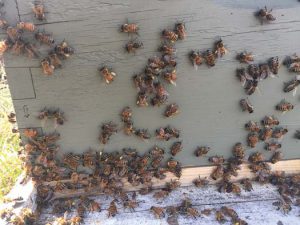
bees and other beneficial insects (https://www.beelab.umn.edu/learn-more/beelawn). Most lawns, with small changes in mowing and herbicide behavior, will support white clover and other flowers for much of the year. Mr. Steve Hess, of Indiana, runs his own environmentally focused pest control business. He is an entomologist who walks the fine line between removing pest insects and protecting his beloved bees. He was acutely aware that his high-speed commercial lawnmower was mulching numerous bees, and there was no way that either he or his bees could avoid collisions. Knowing the turf stats above, he also calculated the country-wide bee losses due to lawn maintenance and was appalled. Mr. Hess’ conscience and creativity have led to one possible solution. He has invented a cattle guard of sorts for riding mowers, meant to gently lift bees above the mower deck just before they are sucked into the blades. He and his engineering partners continue to improve the details, but a patented model that we have both tested seems durable and likely to save some bee lives. The testing protocol consists of strapping a video camera in front of the deck and mowing fields of clover with and without the guides. Despite many acres of footage, and one mulched iPhone, it is surprisingly hard to quantify how many bees take flight versus drop to the turf and under a mower deck. Still, we have seen enough of the latter, and enough improvement with the guides, to indicate that this will be a great holiday present for landscapers and bee lovers someday. Mr. Hess remains passionate about this and is one of the hardest working people I have met. If you would like to learn more about these ‘Bee Guards’, you can contact Mr. Hess directly at idbugu7@gmail.com.
So . . . go out there with optimism and realism and double your honey this year, or at least plant some flowers and mind the bees.

